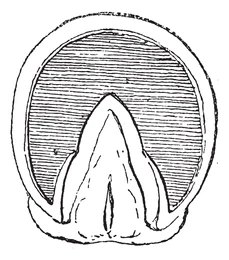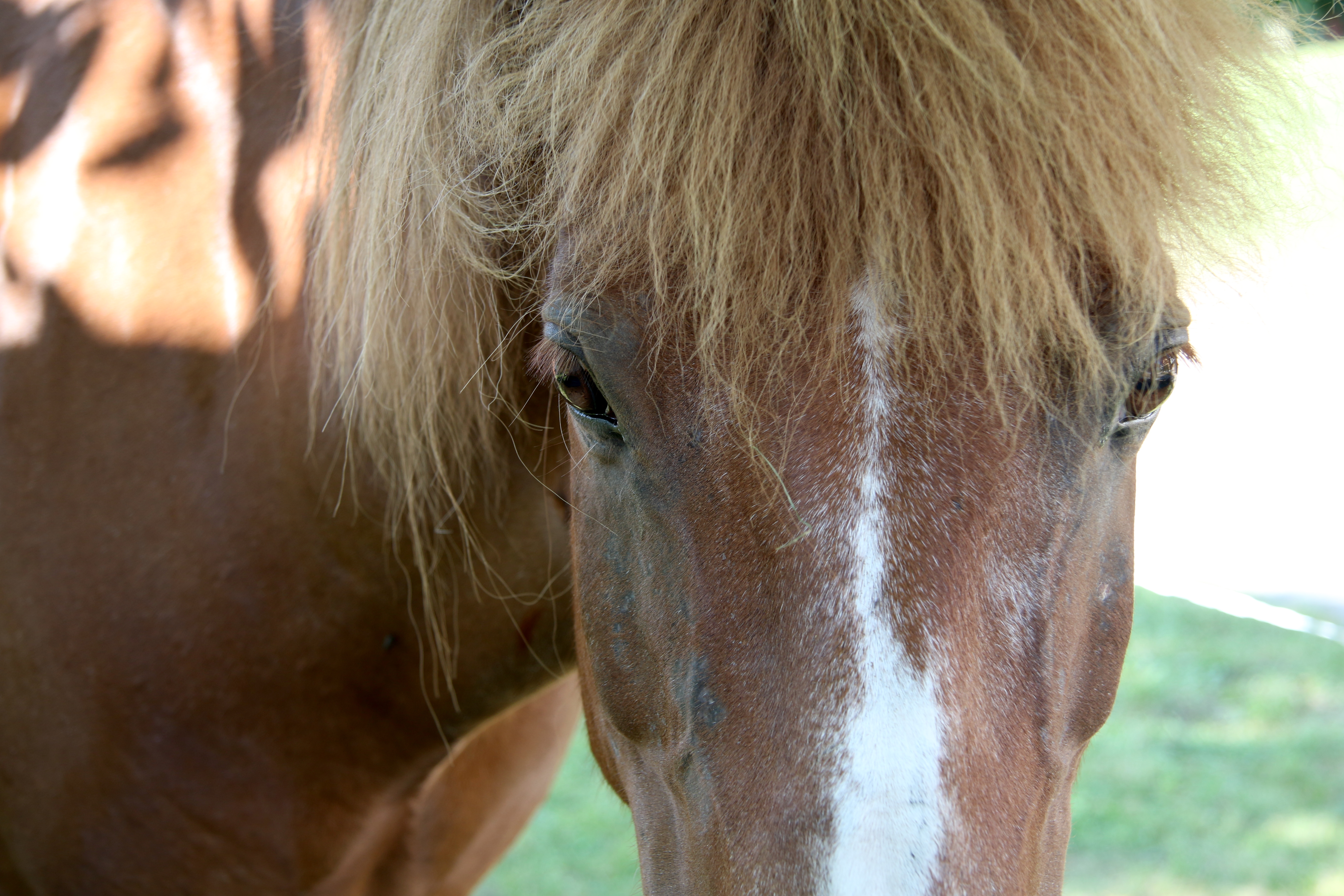White Line Disease in horses, or WLD, is a condition caused by a fungal infection that affects horses' hoofs, causing cracks and fissures. Although not entirely serious, if not attended to on time, it could gradually progress, destroy the entire hoof, and cause secondary complications, like Laminitis.
What is the White Line?
The white line is seen underneath the hoof of a horse. This is where the unpigmented horn of the inner hoof wall is attached to the horn of the sole. Degeneration of the horn at the white line separates the hoof wall from the underlying structures and weakens the hoof wall.
Although hoof wall separation is joint in horses, it does not always lead to white line disease in horses. White line disease always occurs after hoof wall separation, which can begin when bacteria or fungi infiltrate any part of the hoof.
Horse hoof care is an essential issue for all horse owners. While a horse may sustain injury or illness in multiple parts of its body, the hoof bears the entire weight of the body and hence adds hundreds of pounds of stress to any infection. Maintaining a healthy hoof is the best way to give your horses long and healthy lives.

Symptoms of White Line Disease
In the early stages of white line disease, horses may not exhibit pain or lameness, making it crucial for horse owners to be vigilant. The disease, caused by fungi and bacteria within the hoof, can lead to weak hoof structure and reduced performance. Early detection and prompt veterinary care are crucial to preventing further damage and ensuring the horse's well-being.
Some of the symptoms of white line disease in horses are,
1. Lameness in some cases (depending on severity)
2. Widening of the sole to wall junction.
3. The inner surface of the hoof wall looks mealy, powdery, or "seedy," while the Outer surface appears normal.
4. Hollow sound when the hoof wall tapped over the affected region.
5. Small area or large section of hoof wall.
Causes of White Line Disease
There are several predisposing causes for the development of White Line Disease.
- Wet bedding contaminated with urine and manure
- Improper trimming of the hooves and shoeing
- Lack of exercise/walking
- A high protein diet, absence of adequate fiber-rich roughage
- Deficiency of Biotin or Methionine (Amino Acids)
The “V” shaped structure seen underneath the hoof is called the” Frog “. The Frog effectively acts as a shock absorber and provides a good grip to the horse. It also acts as a pump, contracting and relaxing when the horse walks, ensuring proper blood circulation. If this ‘V” shaped Frog is damaged or does not do its pumping job as it happens in confined horses, damage to the hoof could occur and progress towards white line disease in horses.
Etiology of the WLD
In white line disease, the outer hoof wall separates from the underlying soft hoof wall. This separation generally starts with the toes, quarters, or heel and is caused by abnormal wall stress due to poor foot conformation or trimming.
Opportunistic bacteria and fungi may be present in the fissures in the hoof wall. These bacteria and fungi produce enzymes that break down keratin – the main protein in the hoof wall, and the condition eventually progresses to White Line Disease (WLD).
The outer surface of the wall may seem sound, but on dressing the foot from the underside, a distinct separation of the hoof wall can be noticed. Tapping on the outside of the wall at the toe produces a hollow sound over the impacted portion.
1. Diagnosis:
Although symptoms exhibited by the horse could be a guide, for a definite diagnosis, a thorough physical analysis and radiographs to evaluate the split of the hoof wall and any displacement of other areas in the hoof is essential.
2. Treatment:
Treatment of this condition includes corrective trimming to remove abnormal stresses on the hoof wall. The step is followed by removing the complete extent of the separated hoof wall to the point that firm, fit adhesion of the hoof wall. So that the underlying structure can be seen.
Topical treatment with a tincture of iodine is generally performed daily for at least a week. Commercial equine foot formulations that have chlorine dioxide can also be used. Correct shoeing is important to provide support to the remaining hoof while releasing stress from the affected areas.
3. Prevention:
- Clean the hooves daily, monitoring the integrity of the white line and the rest of the hoof structures.
- Change the wet portions of the bedding frequently.
- Provide a high-quality forage and horse feed diet, which will help maintain your horse's hooves and reduce the risk of infection and WLD.
- Trimming and proper shoeing are of critical importance.
- In unshoed horses, trimming of the hooves should be kept to a bare minimum.
- Supplements containing biotin and methionine may be helpful to ensure healthy new growth.
Conclusion
A strong and well-maintained hoof is of critical importance for the overall health and performance of a Horse. Good feeding practices, regular hoof treatments, and feeding of supplements that support hoof regeneration are the key steps.
Protect Your Horse's Hooves with the Best Hoof Care Supplements!
Don't let White line disease in Horses affect their overall health.
Explore our top-quality hoof care products and supplements to prevent and treat WLD.
Visit MedVetPharm today and ensure your horse's hooves stay strong and healthy!


